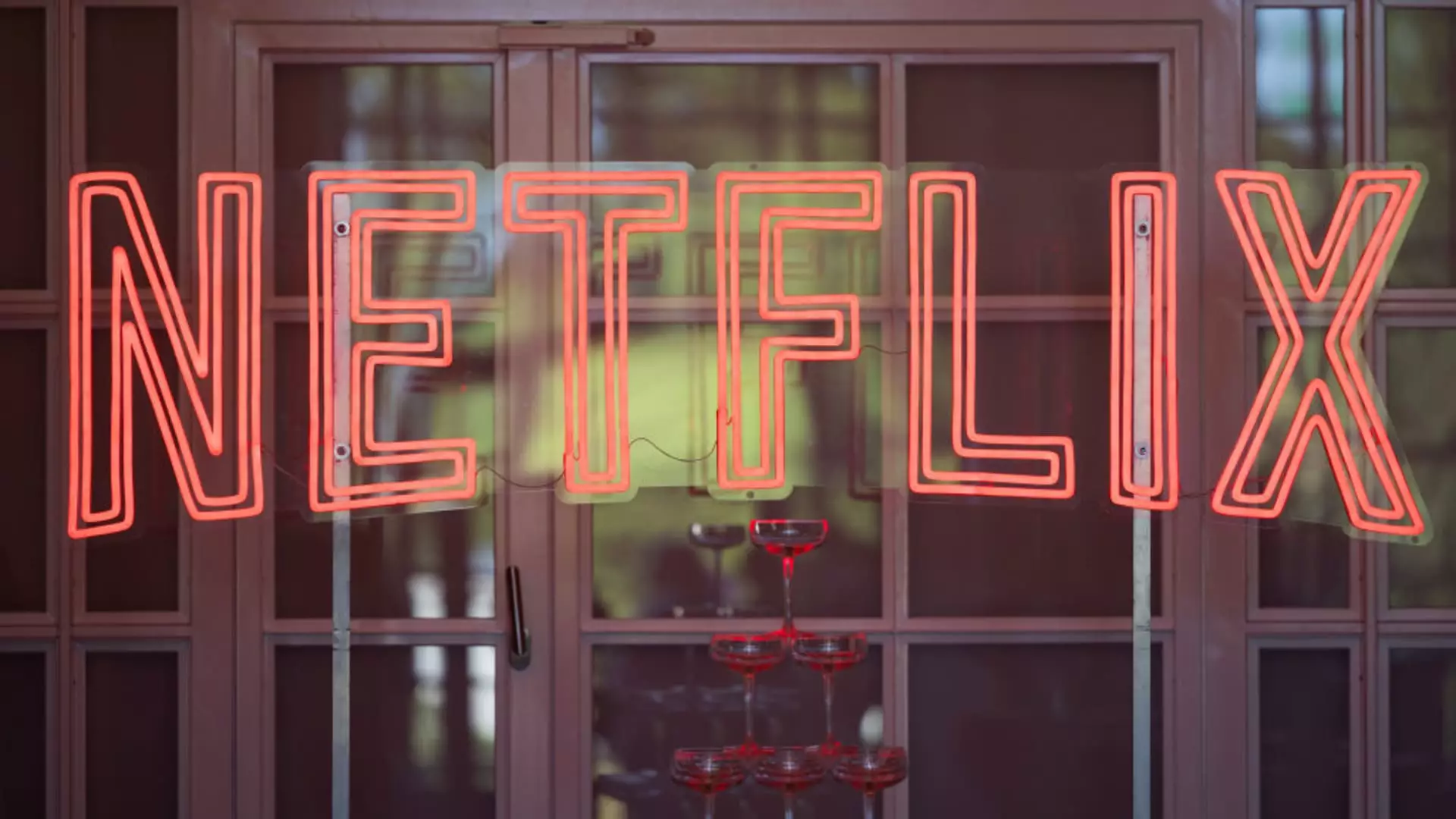In a strategic move that appears to reflect both market pressures and a necessity for profitability, Netflix has announced a significant increase in the prices of its subscription plans in the United States. This decision is part of a broader trend among streaming services grappling with rising operational costs and shifting viewer preferences. This article will delve into the ramifications of these price hikes, the motivations behind them, and what they mean for both consumers and the larger streaming ecosystem.
On Tuesday, Netflix disclosed that its standard ad-free plan would see a price jump from $15.49 to $17.99. Meanwhile, its newly established ad-supported tier is slated to rise from $6.99 to $7.99. Additionally, the premium subscription will experience a rise, moving from $22.99 to $24.99. These increases are not confined to the U.S. market; Netflix will also adjust prices in international territories such as Canada, Portugal, and Argentina. This pattern indicates a strategic alignment aimed at solidifying revenue streams while courting a diverse range of viewers.
This price adjustment is not an isolated phenomenon. The streaming industry has witnessed a series of hikes across various platforms, including contenders like Disney+ and Warner Bros. Discovery’s Max. Pricing strategies have become critical for streaming services striving for profitability in a landscape where subscription growth has hit a plateau for many providers. Streaming platforms increasingly rely on dual pricing models—ranging from tiered ad-supported plans to premium offerings without commercials—to cater to both budget-conscious consumers and those willing to pay more for an ad-free experience.
During a recent investor call, Ted Sarandos, Netflix’s co-CEO, emphasized that raising prices requires a commitment to quality content. He underscored the necessity of maintaining viewer retention and engagement through compelling programming. Sarandos hinted at exciting new shows and movies set to launch in 2025, suggesting that consumer value will remain a focal point amid these increases. This underscores a pivotal challenge for Netflix: to continuously deliver engaging content that justifies the price increases while also expanding its subscriber base.
Interestingly, Netflix’s previous price increase on its standard plan took place in 2022, and despite its continued hikes, the company has enjoyed a remarkable resurgence with an additional 19 million paid memberships reported in the fourth quarter alone. This rapid growth has pushed Netflix past the 300 million subscriber mark, signaling a notable shift in how consumers perceive the value of the service. However, the strategic cancellation of Netflix’s basic ad-free option suggests that the company is re-aligning its offerings in accordance with market realities, opting to eliminate lower-tier services that may dilute overall brand strength.
Password Sharing Crackdown and Its Financial Impact
Another facet of Netflix’s recent maneuvering is its crackdown on password sharing, a common practice that has long impacted subscriber counts. In response, the company has introduced “extra member” options allowing subscribers to add additional users to their accounts—a move aimed not only at curtailing illicit sharing but also at monetizing a commonly accepted behavior among users. The increase from $7.99 to $8.99 for extra members on standard ad-free plans indicates a dual strategy of ensuring that Netflix captures revenue from its most engaged users while simultaneously adapting to evolving consumer behaviors.
As Netflix adjusts its pricing structure in a competitive streaming landscape, it is clear that this move is about more than just numbers—it is about redefining the company’s value proposition. By increasing prices, Netflix must ensure that it continues to invest in quality content that resonates with viewers. The success of these changes will depend on a careful balance of engagement, quality, and subscriber satisfaction, positioning Netflix not only as a pioneer in the streaming industry but also as a case study for how to adapt in a fast-evolving marketplace. The question remains: can Netflix sustain this growth amid rising costs without alienating its core user base? Time will tell.

